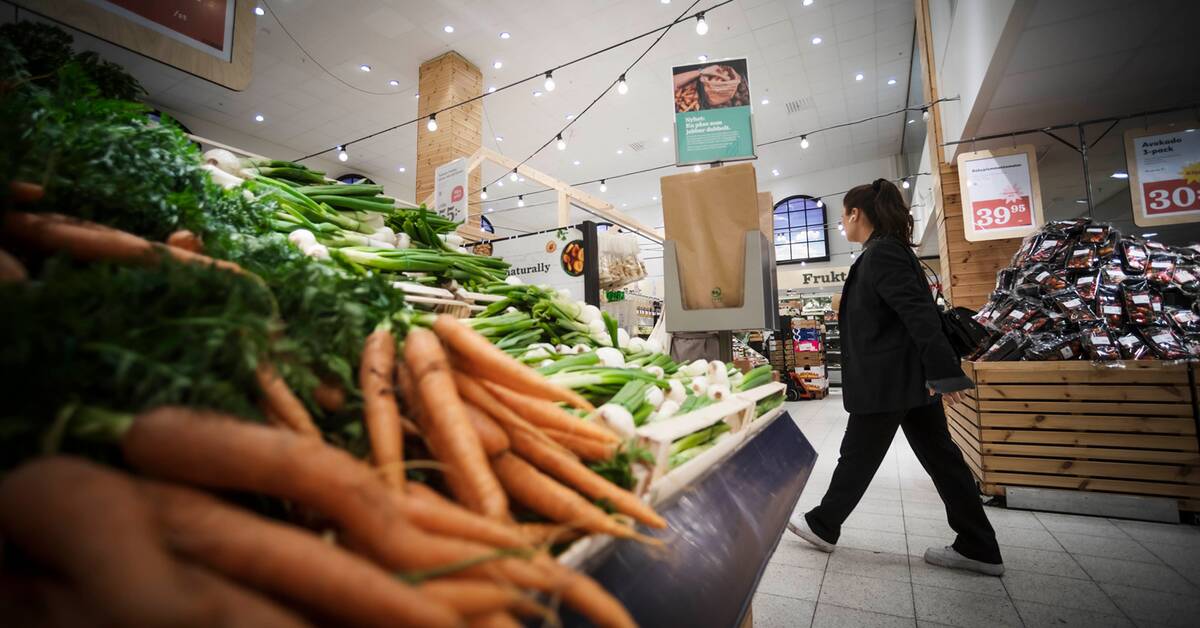The sales value of food rose during the second quarter of this year, shows a report from Ekologiska Lantbrukarna.
But it is increased prices that are behind that increase, in terms of volume it looks completely different.
There is also a big difference between organic and conventional, i.e. non-organic, food.
For organic foods, a reduction is seen in both sales value and sales volume.
In terms of volume, sales have decreased by five to ten percent for organic foods, while they are basically unchanged for conventional foods.
A similar development was seen during the first quarter of the year.
The strong inflation is part of the explanation, says Ida Lind, market and sustainability expert at Ekologiska Lantbrukare.
Many consumers are interested in sustainability, but you don't always know what organic food stands for.
That, in combination with rising prices, means that people are opting out of organic goods, you don't want to spend so much money on food during inflation.
There may be less eco-farming
Organic food has had a worse development than conventional in all categories.
The biggest difference is for grain-based foods, where the conventional products increased in value by just under ten percent, while the organic ones decreased by almost the same amount.
What consequences does this have for organic farming?
We already see that there are farms that are weighing whether they should continue to be organic or go back to conventional farming.
The Swedish nature has to take the brunt of it, when more people use artificial fertilizers and toxic chemicals.
Organic Farmers assess that there is a risk with more expensive organic goods in the future, if the number of producers decreases, says Ida Lind.
There is a risk to that, but at the same time we see that organic goods are on the rise throughout Europe, so it can be cheaper because we bring in organic goods from other European countries.
Organic goods cheaper
At the same time, inflation has led to the price difference between conventional and organic goods being smaller on certain products, according to Ekologiska Lantbrukarna.
Ground beef, oatmeal, wheat flour and butter are examples of such products.
On some goods, it has even become cheaper with organic goods.
We have seen examples of this in dairy products and vegetables, says Ida Lind.
This is how sales have changed in kroner (source: Ekologiska Lantbrukarna)
All foods | Organic | Conventional | |
Quarter 2 | +5.0% | -1.5% | +5.4% |
So far in 2022 | +3.2% | -3.4% | +3.7% |
Last 5 years | +23.5% | +4.1% | +25.1% |

